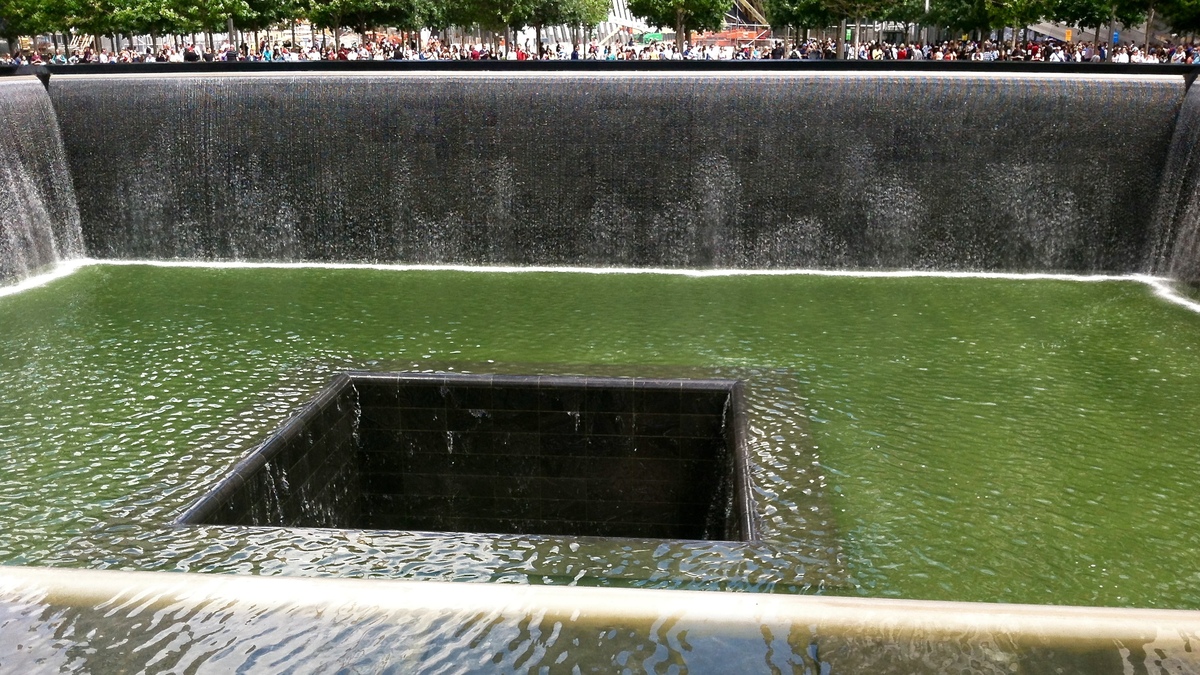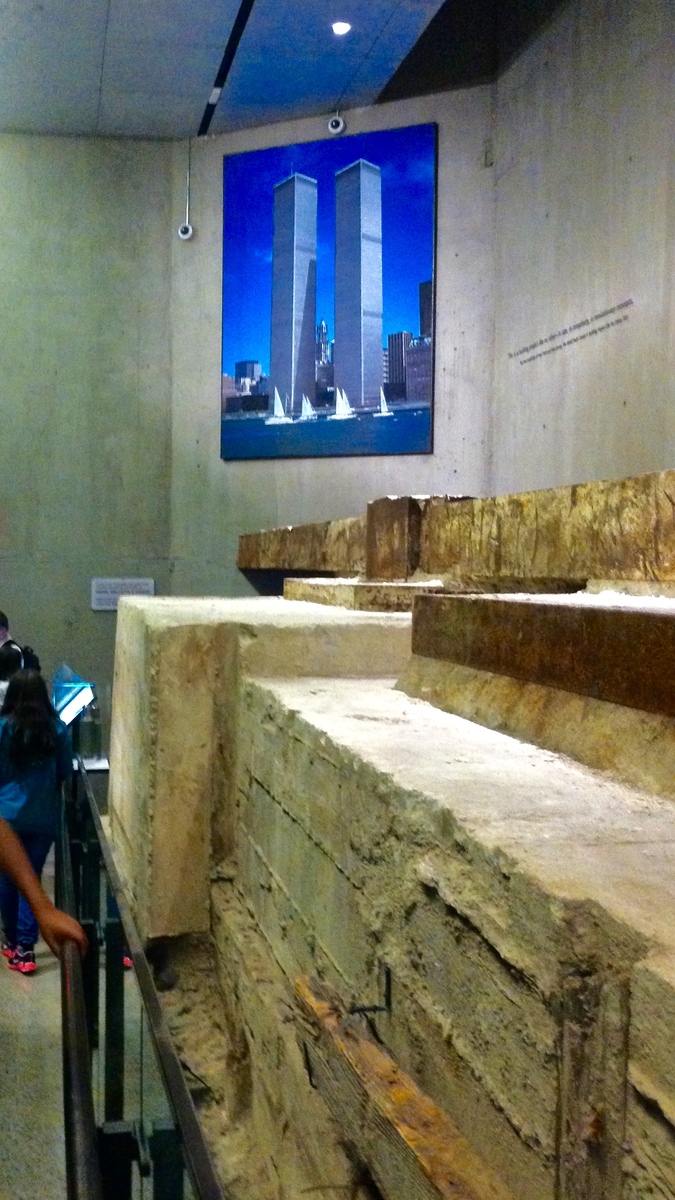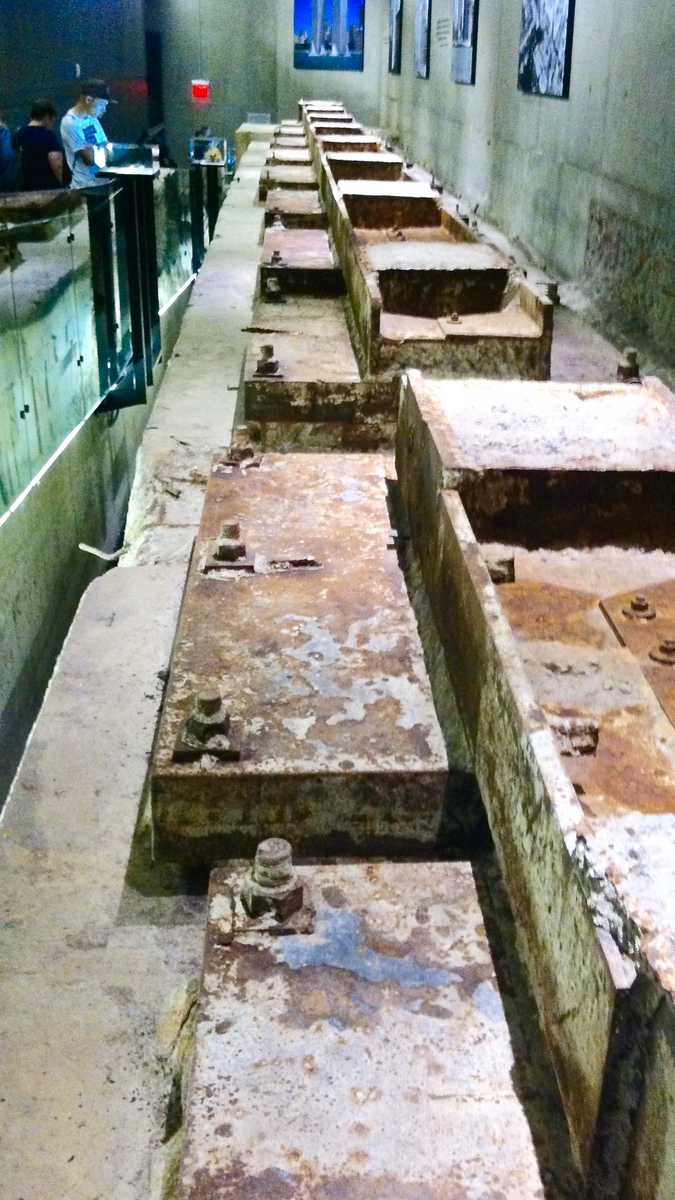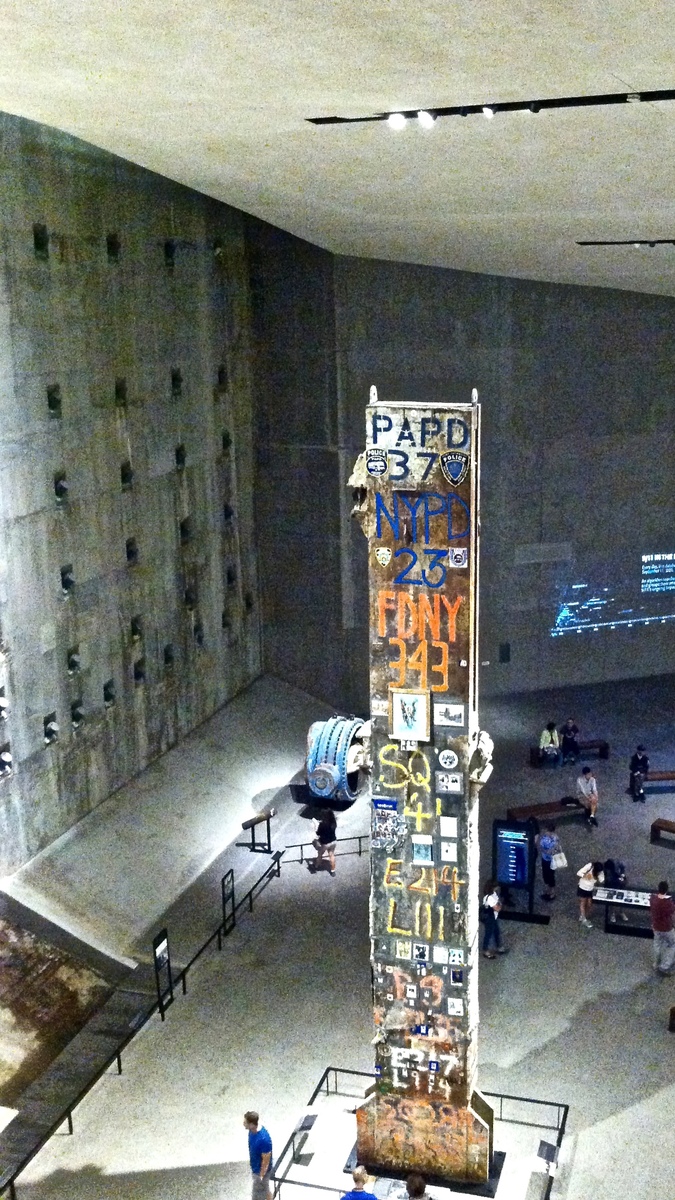9/11 changed everything, everyone said. Fifteen years later, we have some perspective to consider the truth of that statement.
Physically, there is no doubt about the permanence of 9/11, even amid great change. What seemed for years a gaping, unhealable wound in lower Manhattan has been largely restored. Commercial buildings soar on what used to be large open plazas surrounding the Twin Towers. Where those massive buildings stood, there will always be open space above what we must never forget are enormous graveyards.
Until you stand by the fountains that mark the footprints of the towers, feel the moist air tingle your face, listen to the ceaseless roar of their cascades and watch the pools disappear into the abyss at their centers, you cannot fully appreciate the permanence of 9/11.

9/11 Scars
Beneath these pools, the National September 11 Memorial and Museum tells the story of that day. It is a comprehensive and moving exhibit and also covers the events in Washington, D.C., Shanksville, Penn., and elsewhere. I highly recommend it.
When I worked at the World Trade Center in the early 1980s, I read about its architecture. I watched the early construction of the World Financial Center next door. Future skyscrapers began on tons of earth and rock dug for the WTC basement and piled in the Hudson River.
I listened to the wind whistle in the shafts and felt my stomach twitch as the largest, fastest elevators I’d ever ridden whisked two dozen people at once. Express elevators took occupants to sky lobbies, where you changed for a “local” elevator serving individual floors. I rode one down to the freight dock to meet delivery people and never imagined that someday I would see the slurry wall that held back the river or stand beside the stubs of immense girders anchored to solid bedrock.
The destruction on 9/11 exposed those features, and today visitors can marvel at them as feats of engineering and contemplate them as vestiges of the past.
9/11 Healing


9/11 also exposed in our national psyche a collective fear of mortality. On a mass scale, we reacted as one does losing a parent. Beyond the pain of loss lurks the certainty that our own future holds the same inescapable end. 9/11 made us ponder the fate of our nation.

Confronting mortality is useful, but dwelling on it day-to-day is no way to live. We move on. As a nation, we have returned to old habits. We could no more sustain the extraordinary solidarity of 9/12 indefinitely than we could endure the pain and suffering of that day without time’s healing effects.
Fifteen years later, our national life goes forward, like the new buildings at Ground Zero. The anniversary gives us a day to remember, as the physical memorial and museum at the site do year-round.
We heal but never forget.


![]()
